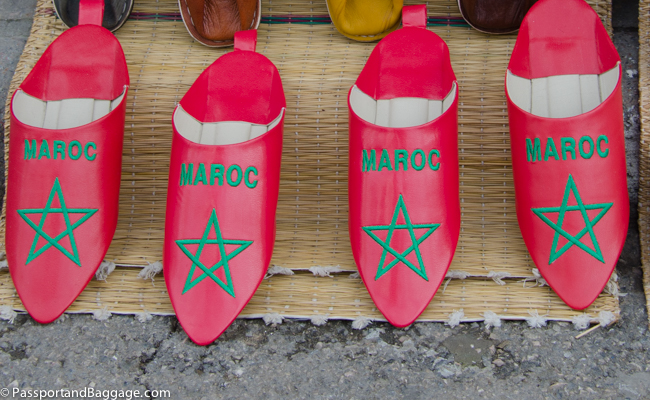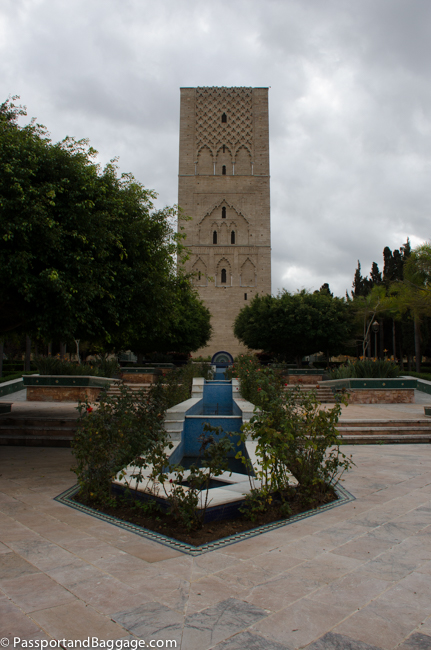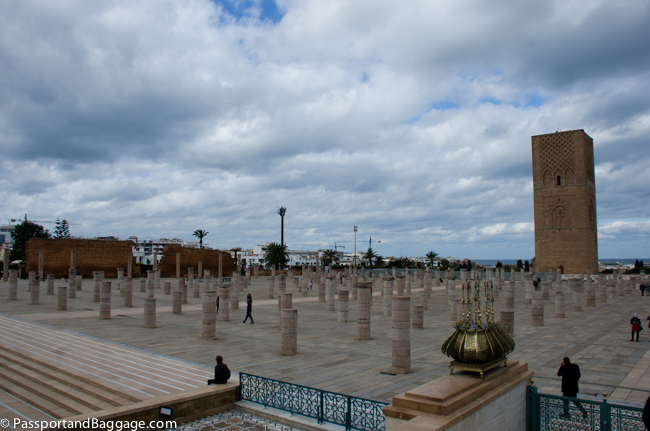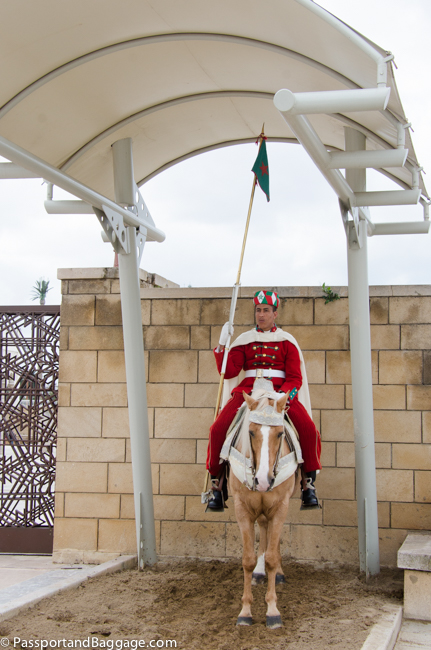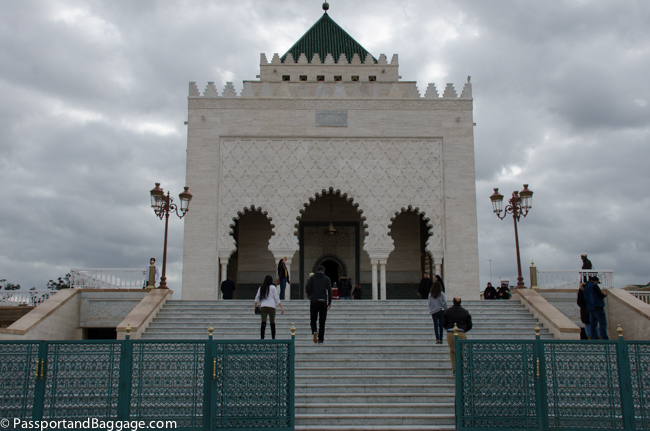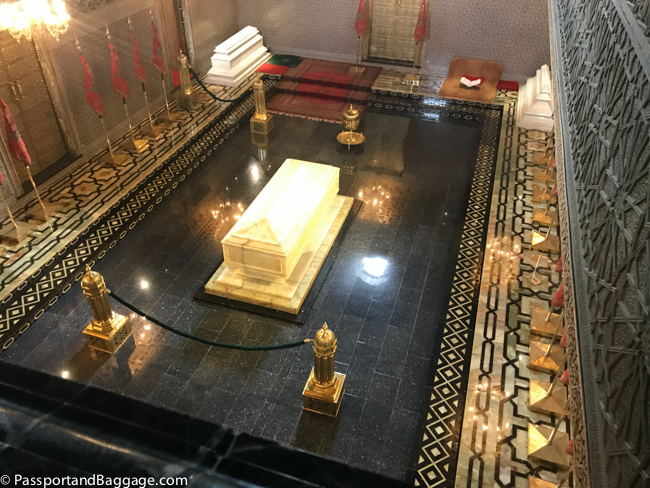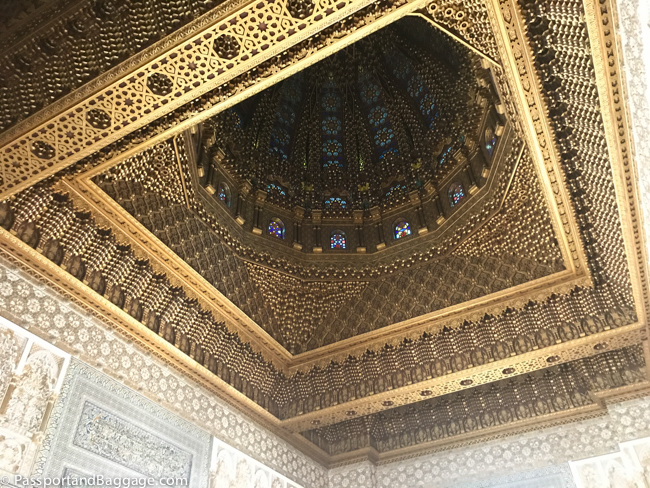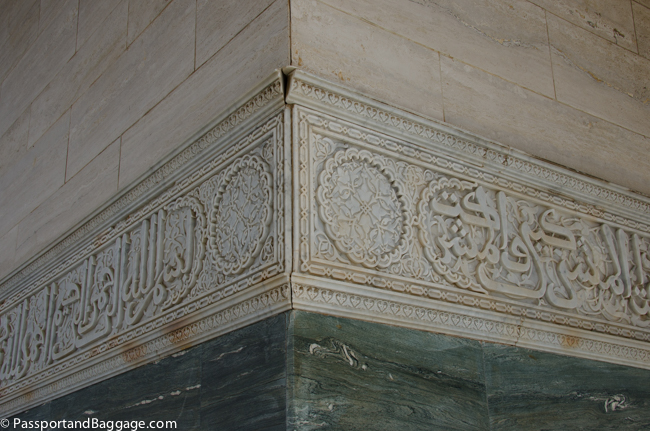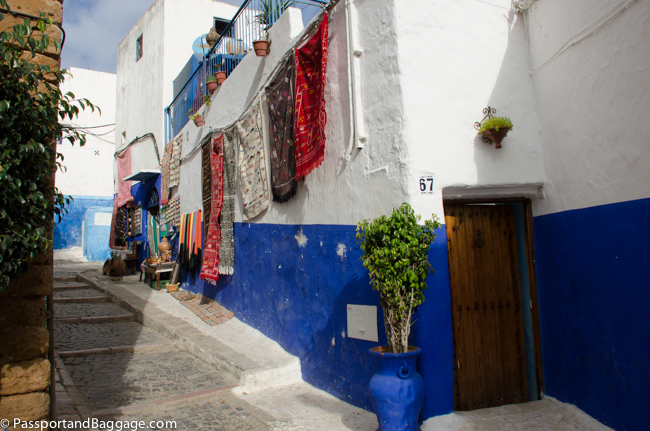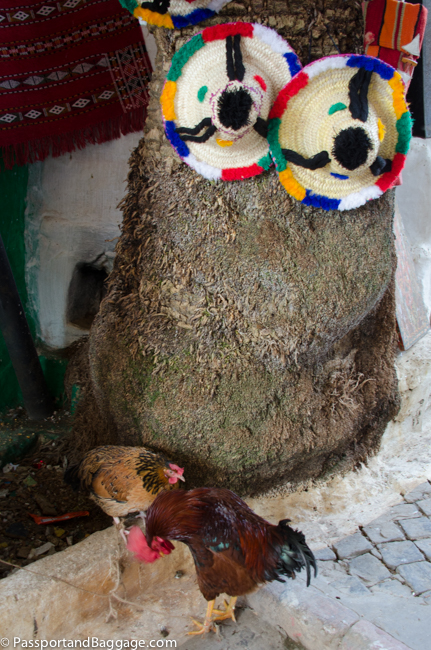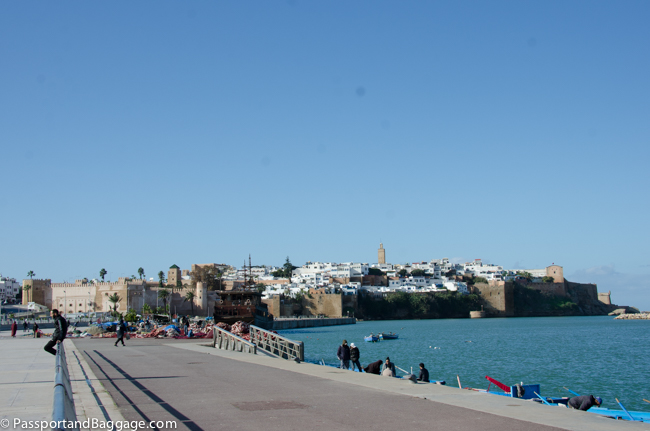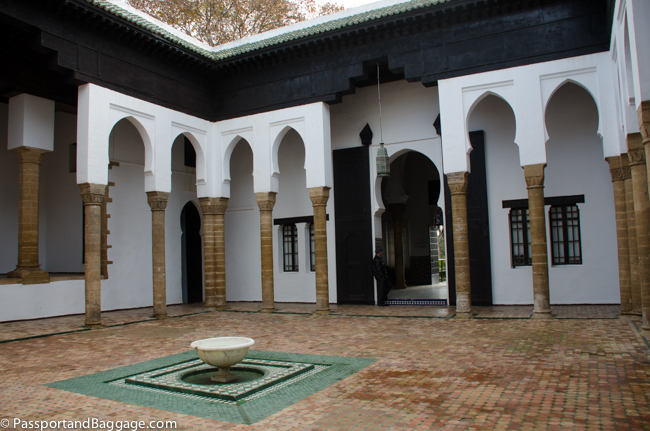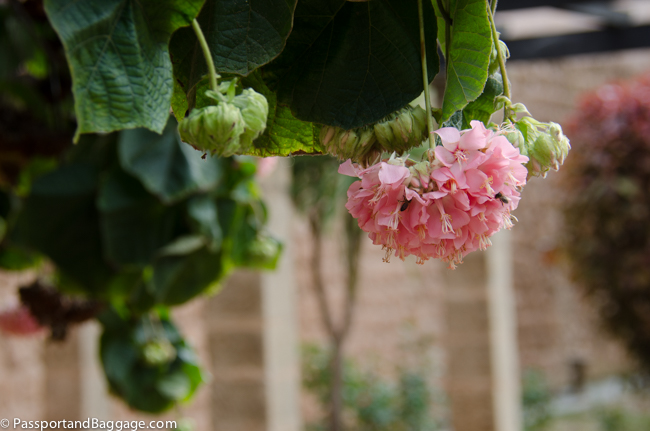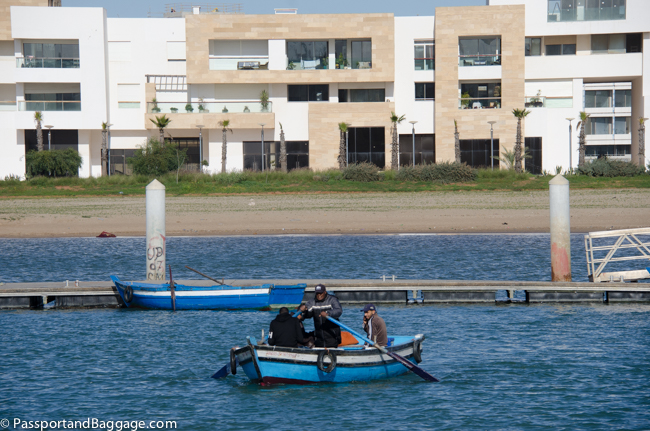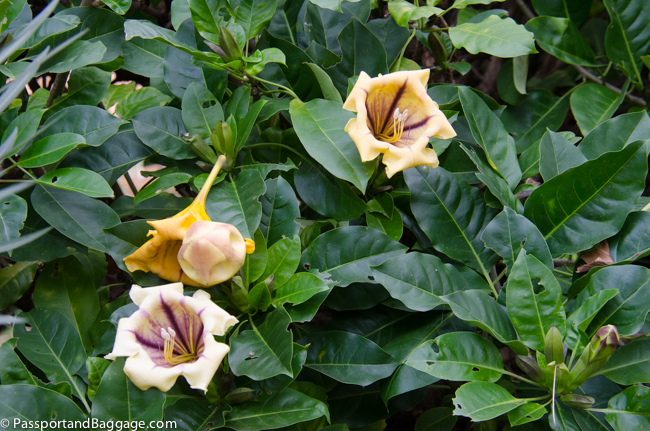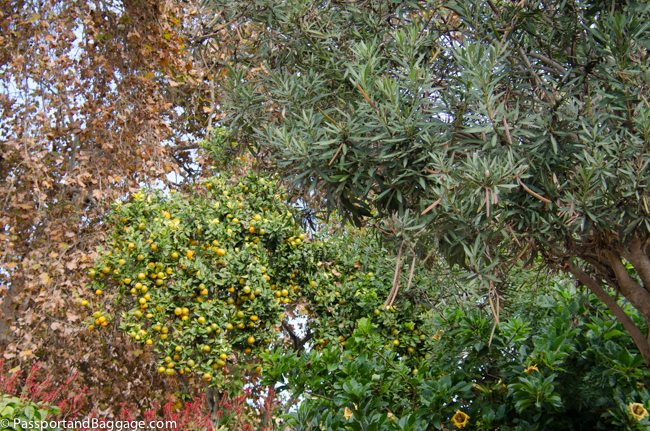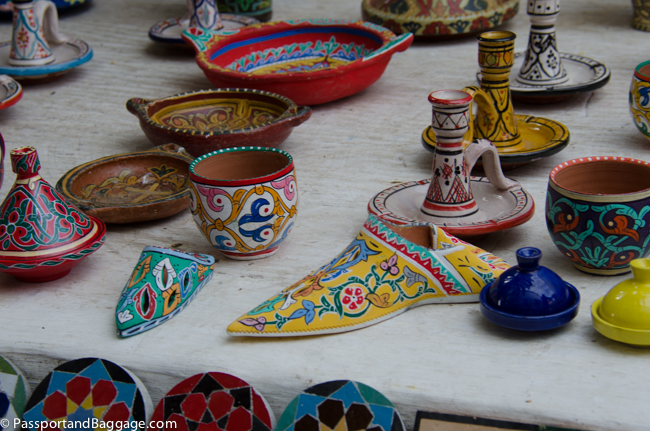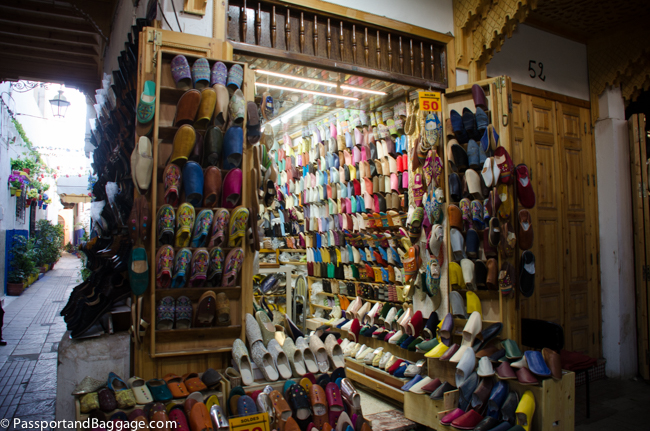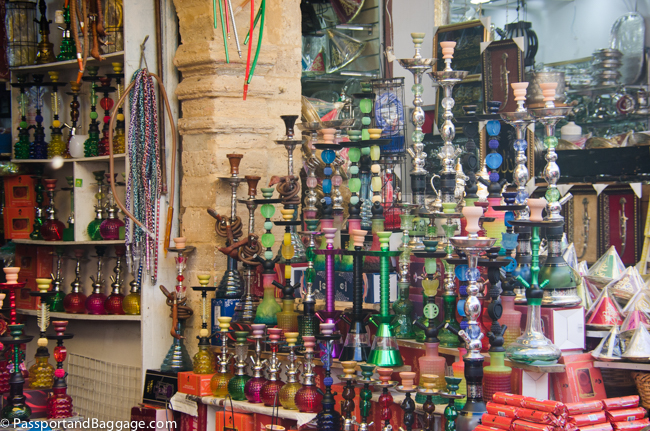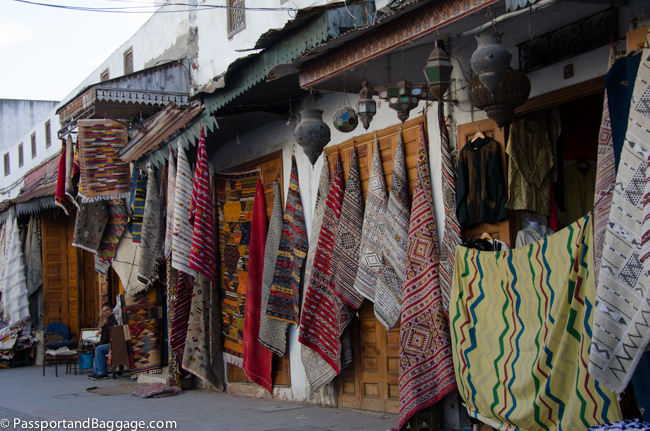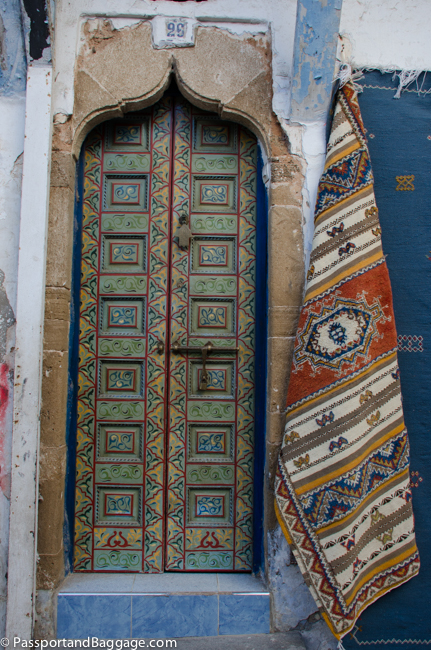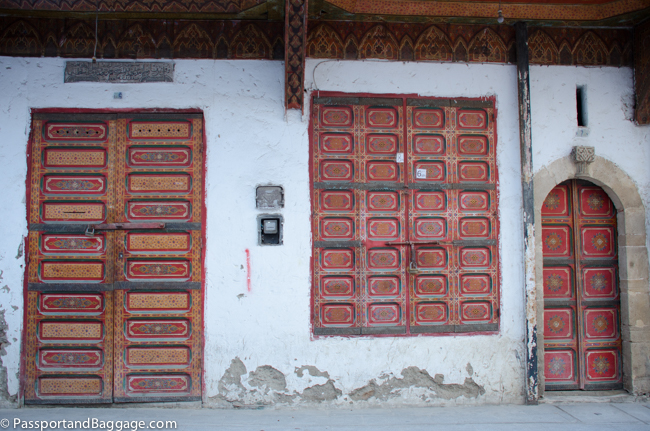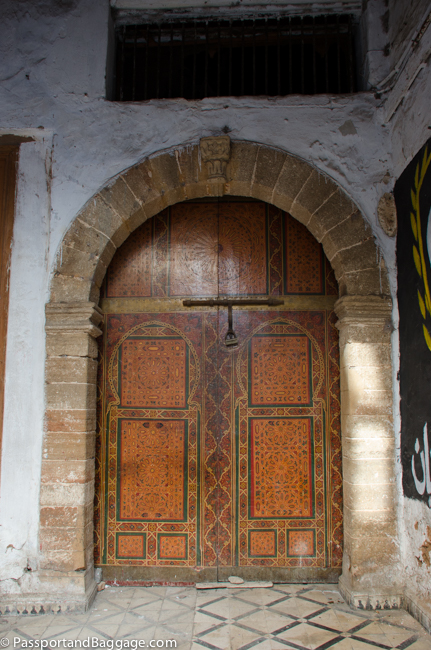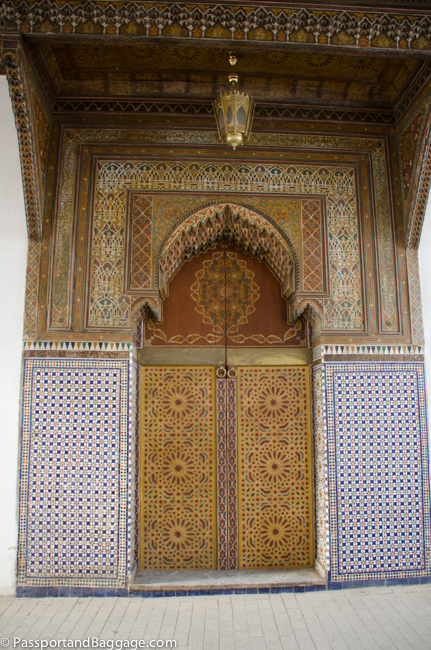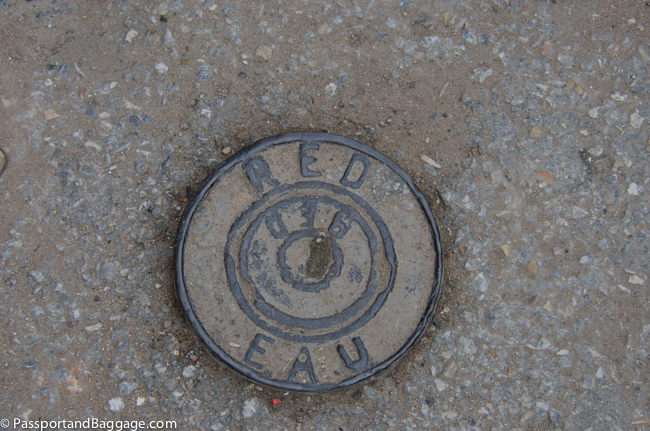Rabat is the capital of Morocco and yet it is not really high on the tourism trail. The major purpose of my visit is that much of the city is a UNESCO World Heritage site. The World Heritage sites included in this post are The Hassan Tower and Mosque, The Tomb of Mohammed V, The Kasbah of the Oudayas and the Medina.
The Hassan Tower and Mosque
In 1195 Sultan Yacoub al Mansour ordered the construction of the Hassan Tower and mosque. Mansour had made Rabat the capital of his empire, built the city walls, restored the Kasbah of the Oudayas and created the Koutoubia Mosque in Marrakech, this was to be his crowning achievement, the world’s largest mosque with the world’s tallest minaret.
Yaqub al-Mansour was a member of the Almohad Caliphate, a Berber Muslim empire in the Maghreb (Northwest Africa) and Iberia. The tower, according to some traditions, was designed by an astronomer and mathematician named Jabir ibn Aflah who was also supposed to have designed Hassan’s sister tower, the Giralda of Seville in Al Andalus (modern-day Spain). Both of the towers were modeled on the Koutoubia Mosque in Marrakech but also drew influence from the ancient Egyptian Lighthouse of Alexandria for its height and its series of ramps to facilitate climbing to the top.
Sadly, the sultan died in 1199 and the project was never completed. What had been accomplished was 145 feet of the minaret and about 200 columns for the mosque. The Lisbon earthquake of 1755 did major damage to what had been left standing.
Mausoleum of Mohammed V
On the same site is the Mohammed V Mausoleum built in the 1950s for Mohammed V and two of his sons, the former King Hassan II and his brother Prince Abdallah.
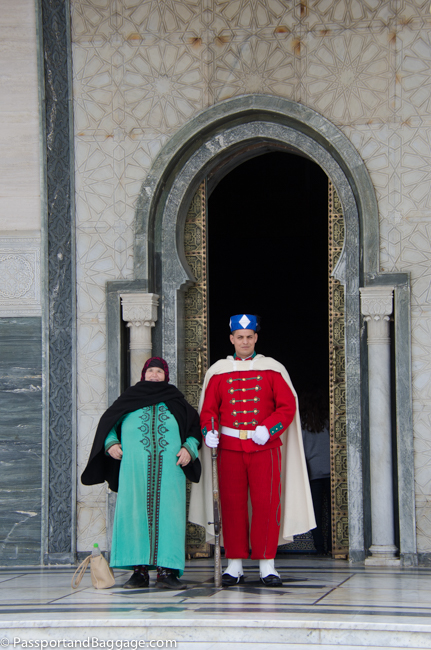
There are guards at the entry to the tomb, and most everyone felt the need to have their picture taken with them. This particular guard took it all in stride.
Designed by Vietnamese architect Eric Vo Toan, this is often said to be one of the most stunning examples of modern Moroccan architecture from the Alaouite era ( The Alaouite dynasty is the current Moroccan royal family). It is truly spectacular with its white marble calligraphy on the exterior and the plasterwork and marble floors inside, it is worth the time to visit.
Kasbah des Oudayas
Occupying the oldest part of Rabat is the Kasbah des Oudayas. It is predominantly a residential area with long winding narrow streets painted in blue and white that look as though an Instagram stylist had been hired to make sure every step you took was a pleasing one.
The Kasbah of the Oudaysas was originally built in the 12th century to defend the territory of the Almohad dynasty. It stands on the banks of the Bou Regreg river, the best location to protect the city from pirate ships and invading forces.
Sultan Yaqub al-Mansour hired an Arab tribe (the Oudayas) to defend the city. He refortified the structure adding the western ramparts and built a palace for himself. Despite his large investment in the city, the Kasbah of the Oudayas was somewhat deserted after his death.
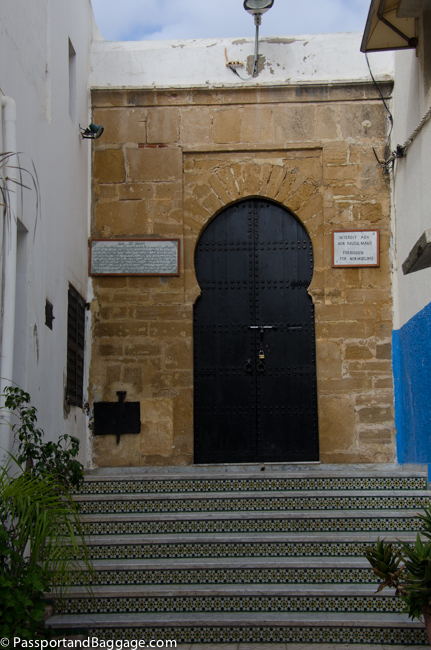
The oldest extant structure in the Kasbah is a mosque. Dating from the 10th century, it was restored in the 18th century using funds from an English pirate known as Ahmed el Inglizi.
Attached to the Kasbah is the Andalusian Garden. This three and one half acre garden was built by the French in 1880 as a gateway to Mansour’s old palace. It is filled with traditional Andalusian flowers and shrubs, including orange, lemon and banana trees.
Rabat is located on the Atlantic Ocean at the mouth of the river Bou Regreg, opposite Salé, the city’s main commuter town. While there is a new motorway, there is also quite a trade in rowing people across the little spit of river.
There is also a small fishing contingent.
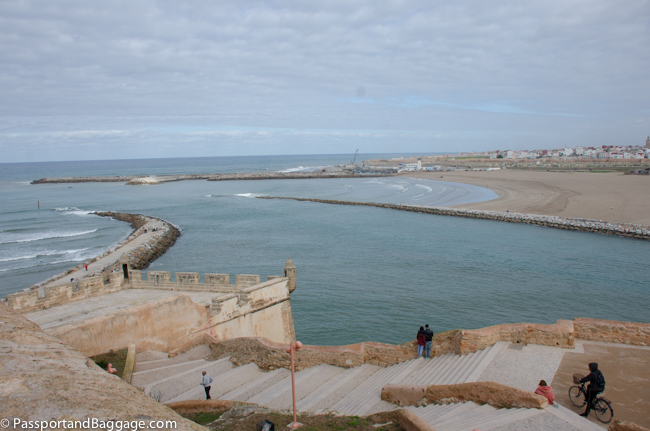
Looking out onto the mouth of the river Bou Regreg and the Atlantic Ocean from the Kasbah of the Oudayas.
The Medina
A medina quarter is a distinct city section found in a number of North African cities, and in Malta. A medina is typically walled, with many narrow and maze-like streets. The word “medina” simply means “city” or “town” in modern-day Arabic.
As I have been traveling I have noticed that while each Medina has its own flavor, they are all very much alike. What has struck me is how they are the hub of commerce in so many cities, Rabat included.
As I get bumped around due to the amazing amount of people shopping, for the simplest things, such as socks and underwear, screwdrivers, and coffee pots, I wonder how something like Amazon will change the future of this ancient commerce mecca.
*
